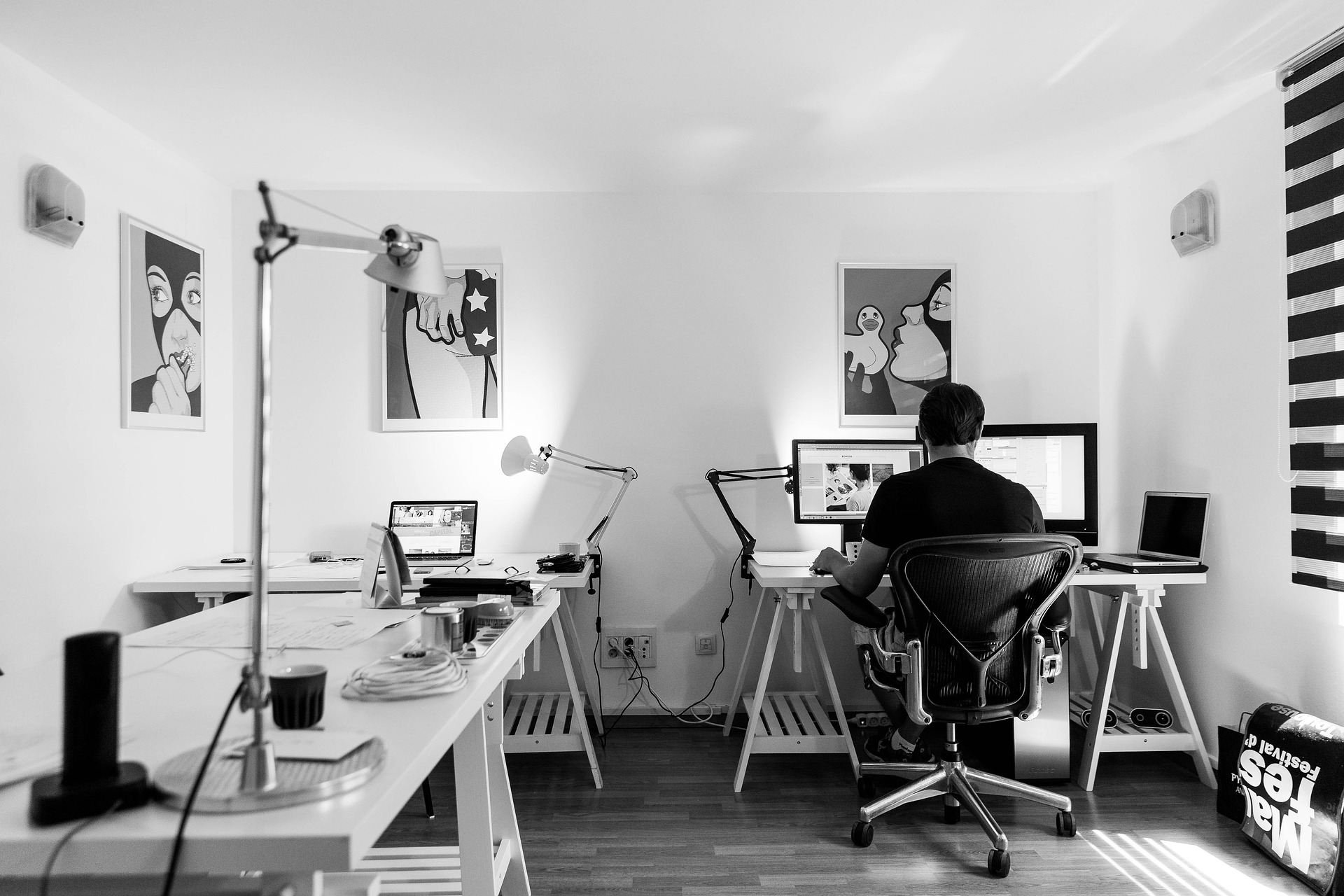Desk Gadgets for Organized Workspaces and Study Areas
A well-chosen desk gadget can change how you work and study without requiring a full remodel of your workspace. These compact tools range from cable organizers and monitor stands to multiport hubs and smart lamps. When selected thoughtfully, desk gadgets reduce clutter, clarify priorities, and make common tasks faster, supporting both short bursts of focused work and longer routines of daily organization.

What are desk gadgets?
Desk gadgets are small tools and devices designed to make desk-based tasks easier, safer, or more efficient. Examples include compact chargers, adjustable stands, cable management clips, and desktop organizers. Many are simple mechanical items, while others integrate electronics—like wireless chargers or USB hubs—that streamline device use. The primary value of a desk gadget is in solving one recurring friction point rather than serving as a general decorative object.
Desk gadgets are often sized to fit limited desktop real estate and emphasize modularity. Because they target specific pain points—tangled cables, awkward screen height, or a jammed pen cup—these items usually have quick, measurable benefits. Selecting gadgets that match the way you work (and your available space) helps avoid visual clutter while increasing functional surface area.
How to improve office organization?
Office organization is about creating systems that reduce time spent searching and increase the ease of completing tasks. Desk gadgets support those systems: drawer dividers, label-friendly trays, and vertical file sorters keep frequently used items visible and accessible. For shared offices, simple signifiers—like cable tags or designated accessory trays—prevent misplacement and keep communal areas orderly.
Combining a few effective desk accessories with routine habits—like a five-minute end-of-day tidy—makes organization sustainable. Use clear containers for small supplies, a docking station for electronics, and a task-oriented layout so items are placed by frequency of use. Office organization improves when the environment actively supports the processes you rely on.
Can desk gadgets boost workplace productivity?
Desk gadgets can influence workplace productivity by reducing micro-frictions that interrupt flow. When you don’t have to hunt for a charger, wrestle with a tangled cable, or strain your neck to see a screen, you save small increments of time and preserve concentration. Ergonomic items—such as an adjustable monitor riser or an angled keyboard tray—also reduce physical strain, which can maintain focus throughout the day.
That said, productivity gains depend on matching gadgets to real needs. A fountain of novelty items can become a distraction if they don’t address genuine workflow problems. Prioritize gadgets that remove repetitive interruptions, enable faster transitions between tasks, or enhance comfort, and assess their impact after a trial period.
Which desk gadgets double as study tools?
Study tools that function as desk gadgets often combine organization with focus aids. Examples include lamp heads with adjustable color temperature to reduce eye strain, noise-reducing desk dividers to limit distractions, and timers or visual focus aids that encourage the Pomodoro technique. Portable whiteboards or sticky-note organizers work as tactile study helpers while keeping a desk orderly.
For students, multi-use accessories—like a monitor stand with built-in storage or a compact multiport hub—save space and keep reference materials close. The key is choosing tools that support concentration habits: consistent lighting, easy access to reference materials, and unobtrusive device charging so batteries don’t interrupt a study session.
Practical desk accessories to consider
Desk accessories refer to the broader set of items that complement gadgets: organizers, pen cups, trays, and decorative yet functional pieces. Choosing practical desk accessories involves considering scale and purpose—small trays for daily essentials, deeper drawers for infrequent items, and vertical storage to maximize surface area. Accessories should both protect surfaces and create a visually calm environment.
A common approach is to create zones: a tech zone (chargers, hubs), a writing zone (notepad, pens), and a reference zone (books, binders). Neutral tones and consistent materials help accessories blend rather than compete for attention. Regularly reassessing which accessories are used will prevent accumulation and keep the desk set-up aligned with changing tasks.
A considered setup balances utility and simplicity. Start by listing the most frequent activities you perform at your desk, then select a small number of gadgets and accessories that directly address those activities. Regular maintenance—weekly or monthly—keeps systems working and ensures that each item earns its place on the desk.
Conclusion
Desk gadgets and thoughtful desk accessories are practical tools for improving office organization, supporting study routines, and smoothing daily workflows. When chosen to address specific friction points and combined with simple organizational habits, they can preserve focus, reduce physical strain, and make time spent at a desk more efficient. Keep decisions deliberate: prioritize functionality, fit, and the ways you actually work.





